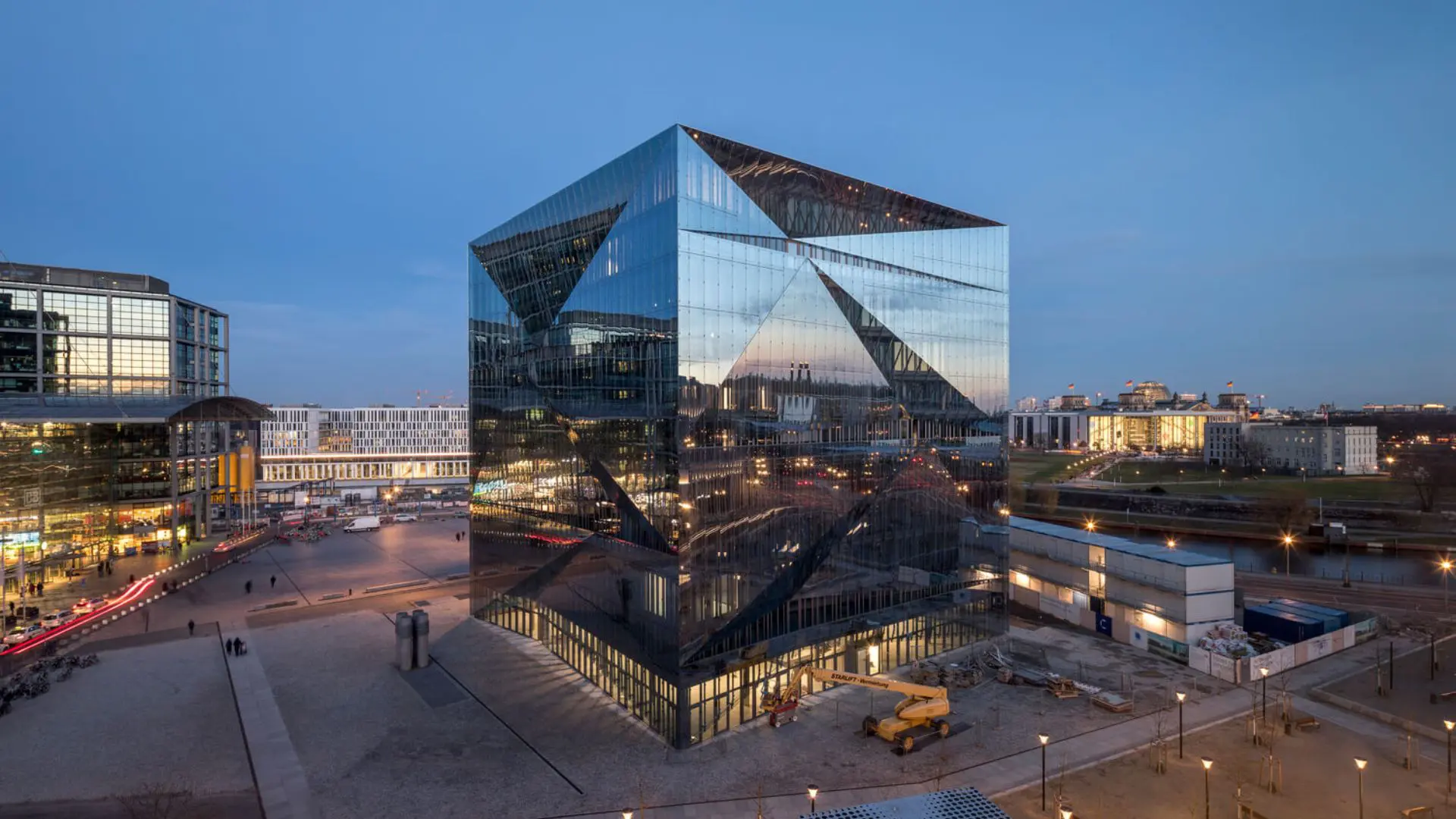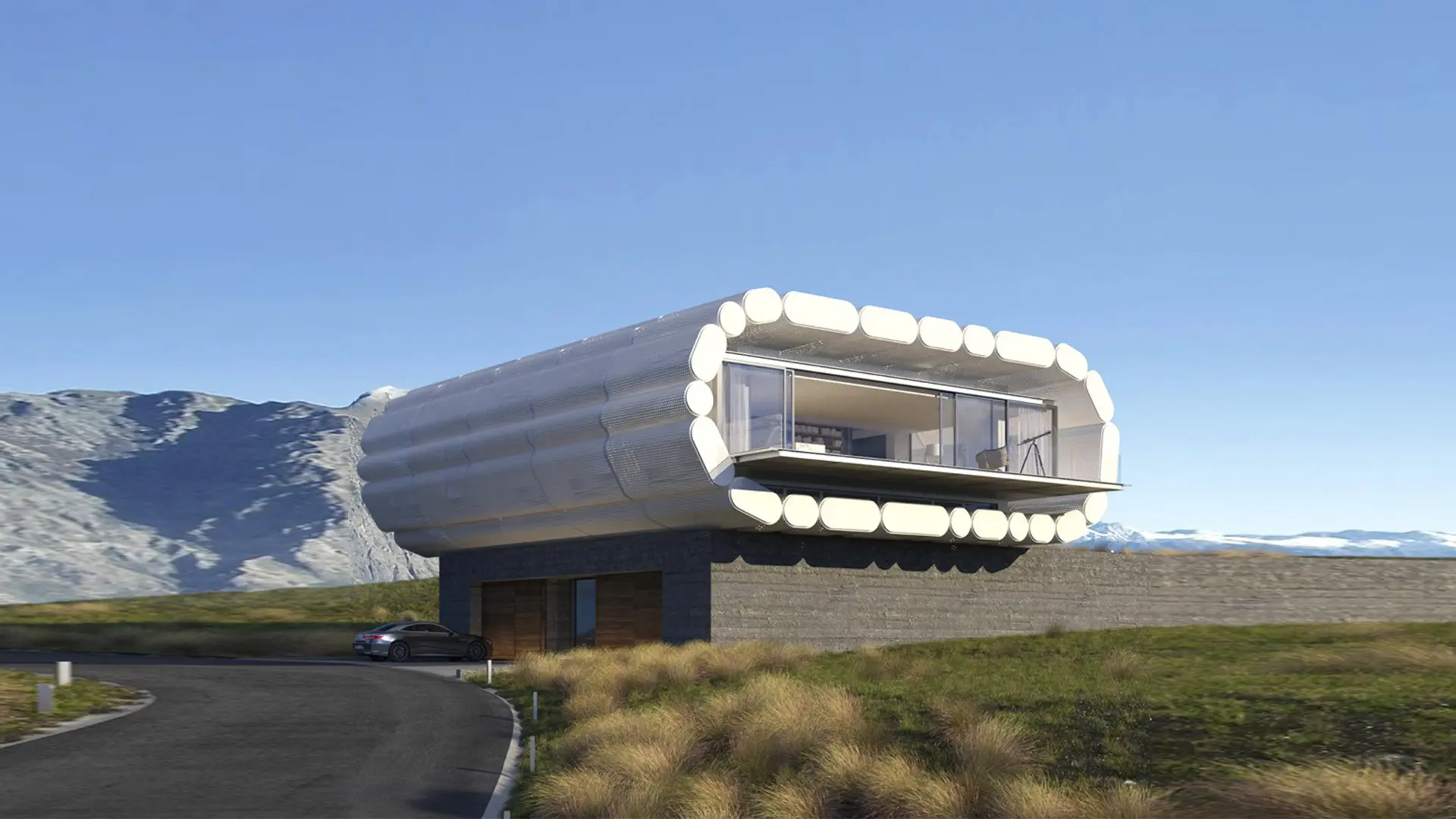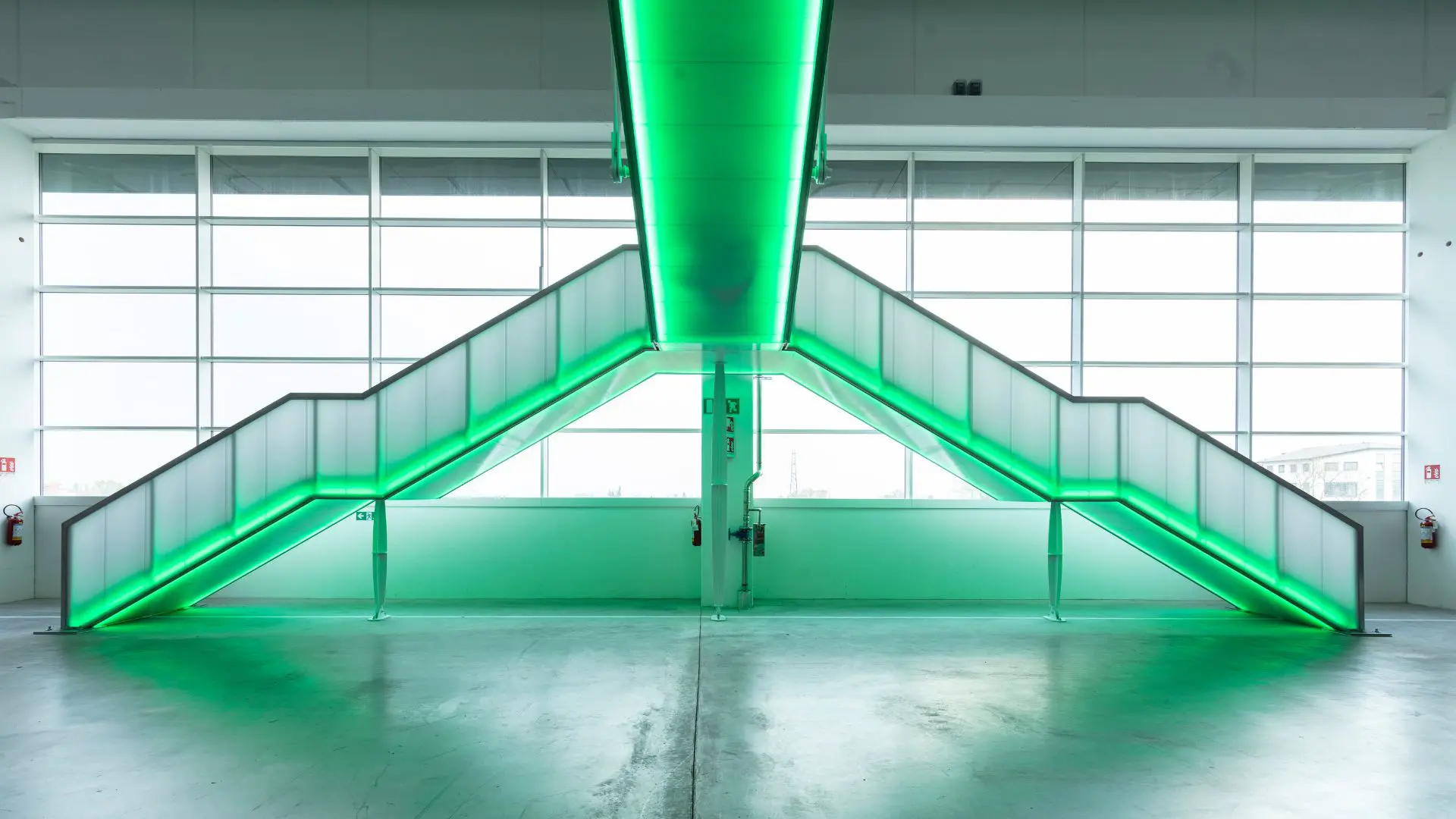How ecological design benefits workplace environments through natural patterns

Ecological design applies strategies emulating functional patterns within nature, promoting better experiences and enhancing health, happiness and productivity for workplace occupants.
The average human spends more than 90,000 hours at work in their lifetime, and yet, we are our best selves where we feel connected to nature. While we still don’t fully understand just how impactful a sustained connection with nature can be on our mind, body, and soul, our natural inclination for connection to it is biological – an innate and essential quality of being human.
This is why ecology – ecological design – should be the basis for any commercial workplace; nature’s own design strategies exemplifying the layers of richness that allow people to thrive in the built environment.

The natural environment is continually adapting, re-designing, and modulating. These dynamic characteristics create the conditions most conducive for life to thrive. Ecological design attempts to mimic these dynamic traits by integrating human purpose with nature’s own cycles and patterns. Nature is our original context of “home”, making the consideration of natural patterns a critical component of truly good design.
Stephen R Kellert, in his book Biophilic Design, writes, “Contact with nature has been found to enhance healing and recovery from illness and major surgical procedures, including direct contact (e.g., natural lighting, vegetation), as well as representational and symbolic depictions of nature (pictures).”
What does this mean for design? It is safe to say, that finding ways to reflect and create sustained connections with nature is inherently positive.
If you want to create a space according to the principles of nature, wallpaper is a fabulous place to start. Italian design company Tecnografica shows us how Nature-inspired wallpapers bring happiness and wellbeing indoor.

Ecological design strives to maintain human communion with nature to enhance the experience and promote measurable occupant health, happiness, and productivity.
An investigation of nature’s functional patterns can provide essential lessons as to how to design conditions most conducive for people to thrive and can be relied upon to inform design strategies to address critical aspects of workplace interior design including wayfinding, circulation, adjacencies, and the timely need for adaptability to an evolving world and workforce.

Three ecological patterns and applications
There are an infinite array of patterns, but three readily discernible patterns carry particular relevance when designing for an optimal workplace interior: resource flows, ecotone, and adaptability. These patterns, when given full consideration, can lay the foundation for integrating human purpose with nature’s own flows and cycles.
Ecological pattern #1 – Resource flows
Looking at examples of living organisms, veins provide critical flow and serve an array of functions crucial to sustaining life. This pattern can be viewed at all scales, from a microscopic view to the earth’s network of rivers as themselves the veins of the planet. These patterns distribute resources with optimized efficiency and economy.
In the workplace, we can apply this to circulation, building systems, and the flow of social and community spaces. A supportive and innately adaptable system creates efficiency and resiliency.

Ecological pattern #2 – Ecotone
The ecotone is the zone where one ecosystem impinges upon another. Here, a mixture of plant and animal species from the two ecosystems occurs.
These connecting zones often contain species of each of the overlapping communities, as well as some species that have adapted specifically to these interstitial zones. For instance, mangrove roots protect coastal shorelines by absorbing energy from waves.
The forests’ layered architecture helps to slow down and scatter wave energy so that it loses power before it reaches the shore. In many cases, the number of species and the population density are actually greater within the ecotone than in the surrounding communities, a phenomenon known as the edge effect.

An example of ecotones in a workplace environment is those spaces between gathering areas and workspaces themselves. These zones serve to buffer between areas that could have dramatically different intended activity levels.
These zones also serve as a transition from one to another, allowing for a more gradually evolving experience and should have their own unique functions depending on the specifics of the project – they could be meeting rooms, storage, semi-private spaces, etc.
Treating these naturally occurring zones as unique spaces ensures the best possible experience for employees within each zone as well as those moving between them.

Ecological pattern #3 – Adaptability
Seaweeds, or macroalgae, exist in or near the intertidal zone of oceans, where they are subject to very large forces from rapidly flowing tidal and storm currents. Unlike other occupants of intertidal zones, macroalgae are attached to the ocean floor and cannot move to take shelter.
At the same time, they rely on energy from the sun to survive so maximize their surface area through large fronds. Large fronds put seaweeds at high risk of damage. Intertidal macroalgae solve for this by changing shape based on the ocean current.
Mimicking the tolerance of the macroalgae to drive fluidity within a space opens the doors for flexibility, adaptability, and subsequently, resiliency.

Ecological design at work
While these are just three of many natural patterns that drive ecological design decisions, the benefits may be felt at any scale. Our inherent need as humans to associate with natural systems and processes is coded within our DNA.
Design strategies emulating functional patterns within nature can truly enrich our daily lives. Fostering meaningful connections to nature is deeply significant to how we sustain ourselves as a species and effectively elevate health, performance, and the ability for all inhabitants to thrive.
Looking for an example of nature inspired workplace? Lisbon Second Home hub has shown how workspaces can be more flexible, sustainable, creative, healthier, and happier.






